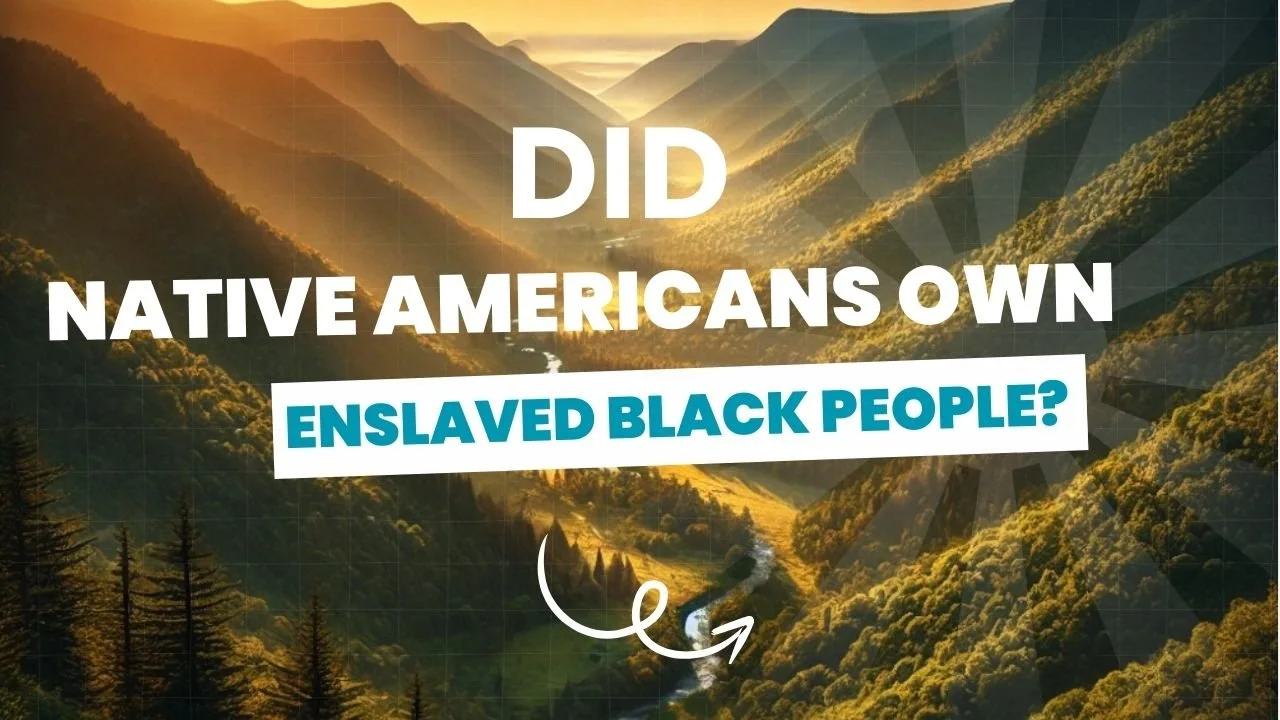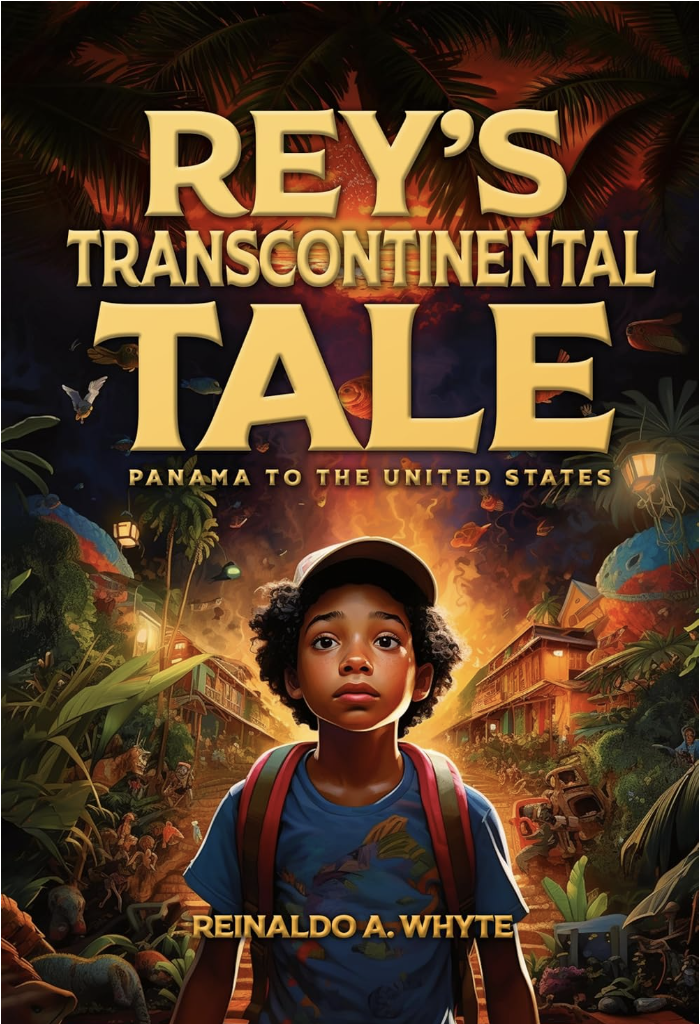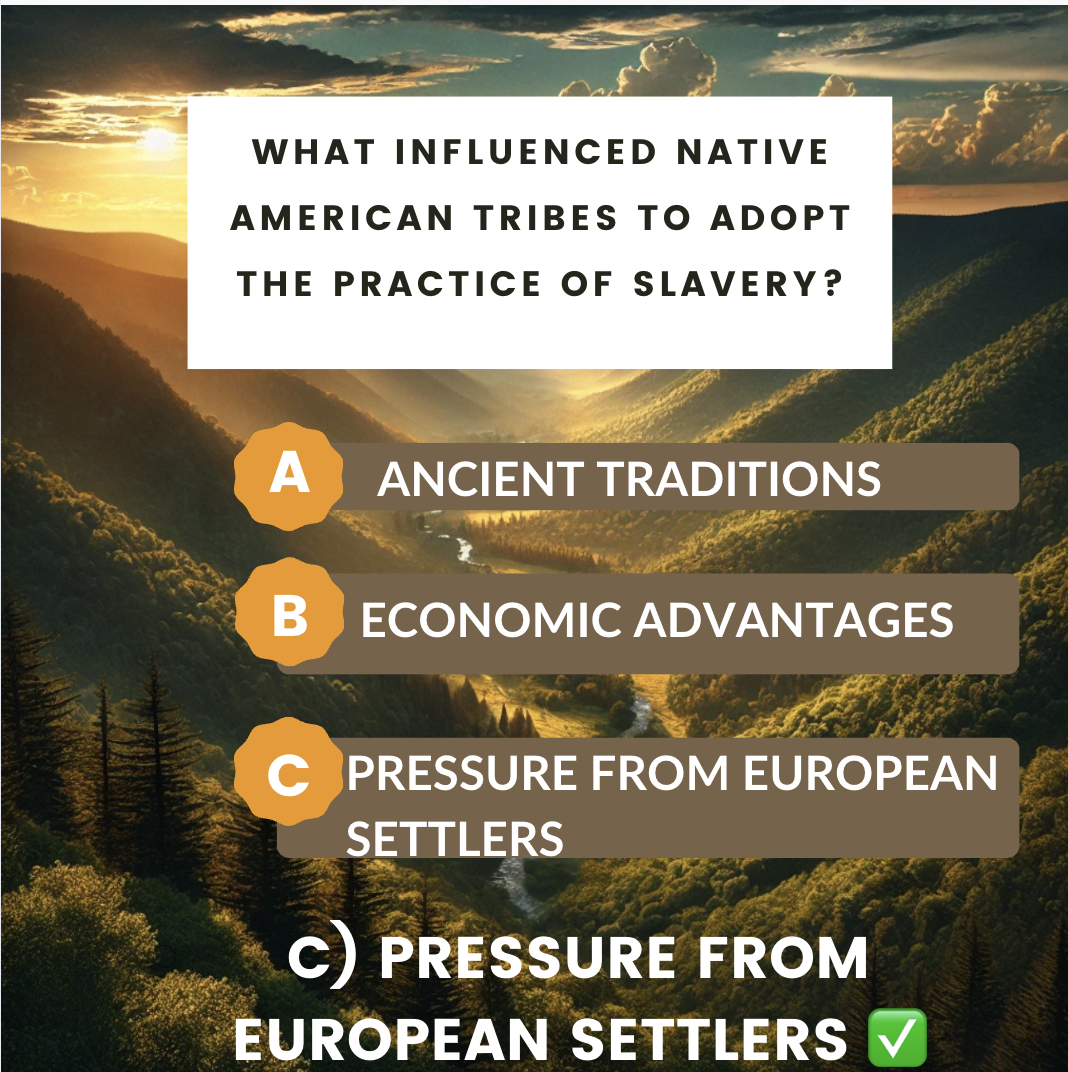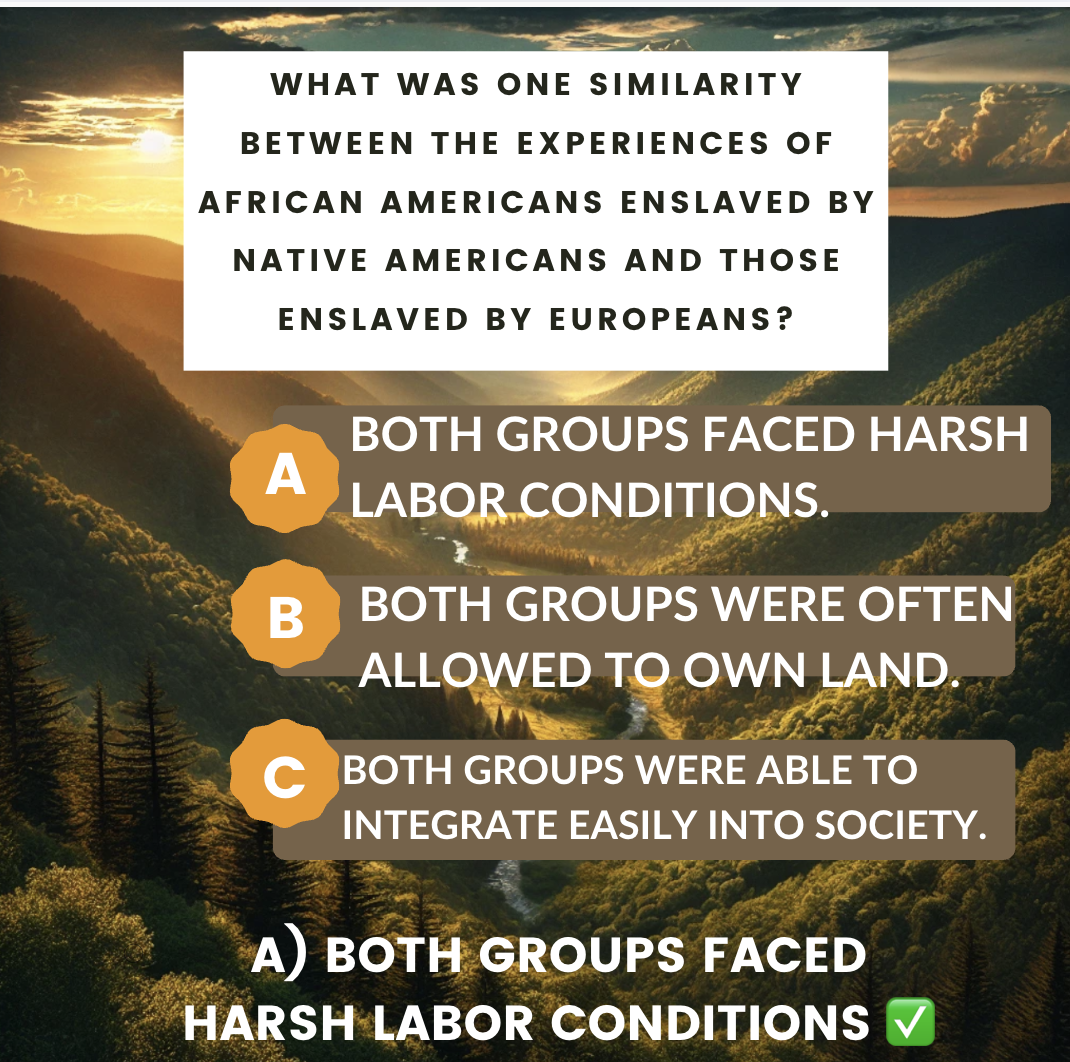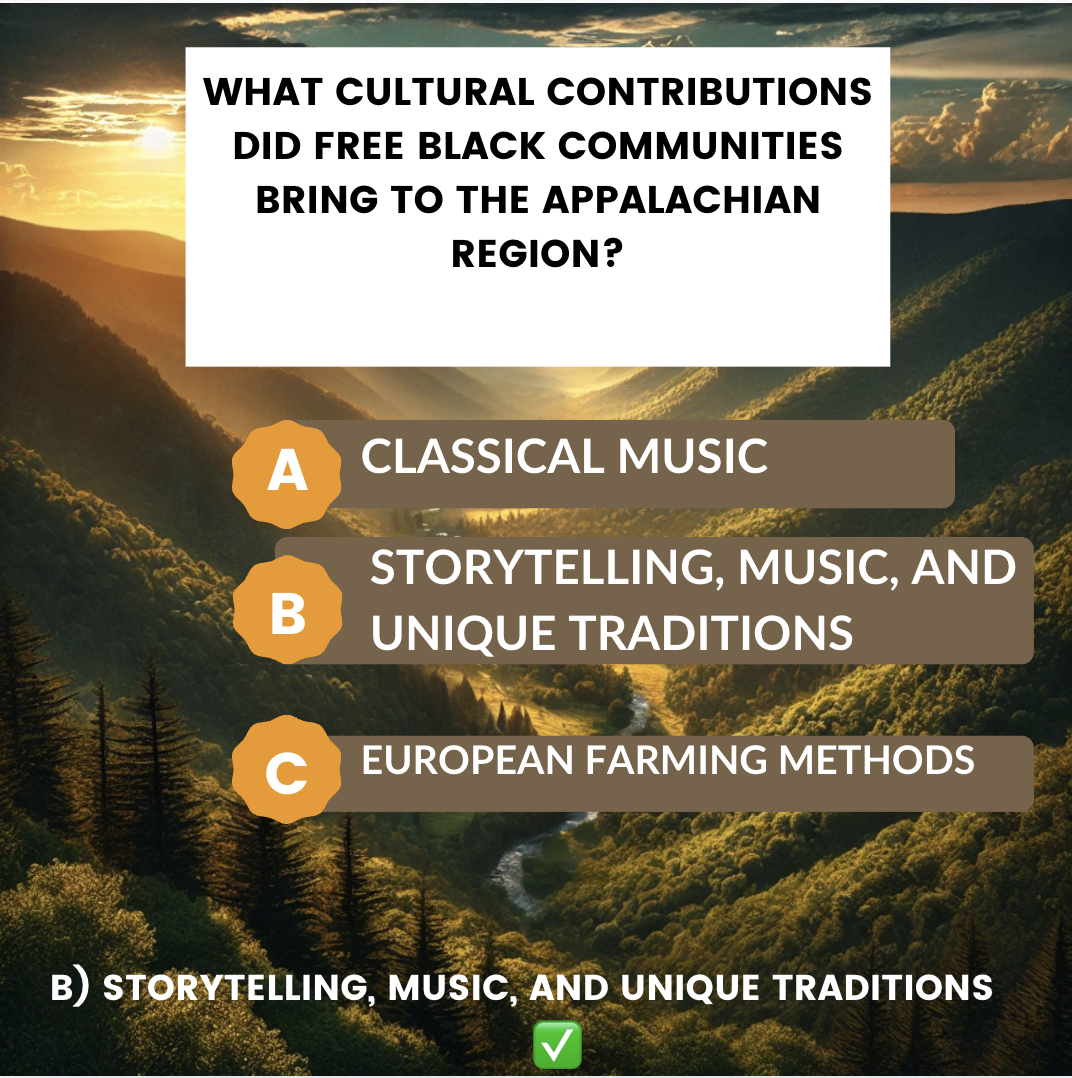Unearthing the Black History of the Appalachian Mountains
As my husband Reinaldo and I embarked on a road trip from New York City to Alabama, we found ourselves captivated by the towering Appalachian Mountains that stretched along our route. Reinaldo pointed out how these majestic peaks eventually weave their way into Alabama, even reaching the land where our church sits—a place where the mountains appear more like gentle hills. This sparked a lively discussion about the Appalachian region and its vast history. Intrigued, I began to wonder: what is the Black history of the Appalachian Mountains?
My curiosity led me down a path of discovery, uncovering stories of resilience, struggle, and the complex relationships that have defined this region. Among these were the unsettling truths about how some Native American tribes, themselves victims of displacement and injustice, enslaved Black people—an aspect of history that is rarely discussed. This blog post is not intended to offend but to shed light on the nuanced and often uncomfortable truths of our collective past. It serves as a reminder that no group is without flaws, and even amidst oppression, individuals and communities can make choices that complicate their narratives.
“As the slaves of Chickasaw and Choctaw Indians, my ancestors Ned and Jack Roberts and Lydia Jackson were forcibly removed from their Southeastern homes in the 1830s. Along with their owners, they embarked on a journey that we often refer to today as the “Trail of Tears.” Along the way, they faced sickness, death and malnourishment.”
As a proud Latina of African descent, I embrace the rich and beautiful aspects of my heritage, while also acknowledging the moments of hardship and imperfection. History, after all, is multifaceted—woven from triumphs and failures alike. The Appalachian Mountains, stretching over 2,000 miles across 13 states—Alabama, Georgia, Tennessee, Kentucky, Virginia, West Virginia, North Carolina, South Carolina, Maryland, Pennsylvania, Ohio, New York, and Mississippi—stand as a testament to this complexity. Known for their breathtaking landscapes and rich Appalachian culture, these mountains also hold a profound and lesser-known history. They were a haven for free Black communities, a site of cultural blending, and, at times, a battleground in the fight for justice and freedom.
Join me as we explore the untold stories of the Appalachian Mountains, delving into the connections between African Americans, Native Americans, and this remarkable region's enduring legacy.
In the late 18th and early 19th centuries, the Appalachian region became home to several free Black colonies. These communities were established by formerly enslaved Africans, runaway slaves, and their descendants. The dense forests and remote terrain of the Appalachians offered a sanctuary for those seeking freedom.
Free Black Settlements: Many free Black communities in the Appalachians thrived by farming, hunting, and establishing trade networks with local Native American tribes and white settlers. These colonies were often self-sufficient and fiercely protective of their autonomy. For example, communities like Free Hill, Tennessee, were established by freed slaves and became vibrant hubs of Black culture and resilience.
Role of the Underground Railroad: The Appalachian Mountains played a key role in the Underground Railroad. The rough terrain provided natural cover for escape routes and safe havens for runaway slaves seeking freedom in the North.
Discover Reinaldo's captivating book about his mischievous childhood adventures in Panama! Perfect for all ages, Rey’s Transcontinental Tale is a must-read, especially for English Language learners, featuring attached vocabulary to enhance learning. Don’t miss out—stay tuned for his second book and an exciting Spanish reader coming soon!
Enslavement of Blacks by Native Americans
The enslavement of Black people by Native Americans in the Appalachian region is a complex and less-discussed aspect of history. Several Native American tribes, including the Cherokee, Creek, Chickasaw, Choctaw, and Seminole, practiced slavery during the 18th and 19th centuries.
“The Seminoles acquired enslaved people in a number of ways, including:
British officials presented Seminole chiefs with enslaved Black people as gifts to strengthen alliances.
The Seminoles enslaved captives from other Native nations.”
Why Did Native Americans Enslave Blacks?
Native American tribes were often influenced by European settlers who brought African slavery to North America. Some tribes adopted the practice as a way to align themselves with European powers for political and economic advantages. Enslaved Africans were used for labor, much like they were by European settlers, in agriculture, construction, and domestic work.Intermarriage and Mixed-Race Communities
Despite the enslavement, there were also instances of intermarriage between Native Americans and African Americans. These unions resulted in mixed-race communities that often resisted white settlers' attempts to displace or control them. The Seminoles, in particular, formed alliances with escaped slaves, creating the famous "Black Seminoles," who lived alongside Native Americans and fought against U.S. forces in the Seminole Wars.How Did Blacks Stop Being Enslaved by Natives?
The eventual emancipation of African Americans from Native American tribes varied by tribe and region. The Cherokee and other tribes who sided with the Confederacy during the Civil War were required to free their slaves after the Union victory. Treaties signed with the U.S. government also forced Native tribes to abolish slavery and integrate freedmen into their societies. However, the integration process was often fraught with tension and inequality, with many freedmen and their descendants continuing to face discrimination.
Intersections of Native and Black Histories in the Appalachian Mountains
The history of African Americans and Native Americans in the Appalachian Mountains reveals complex relationships that often intertwined through shared struggles. During periods of enslavement, Native Americans and African Americans were at times enslaved together by European colonizers. This shared experience of oppression created circumstances where the two groups developed bonds, sometimes intermarrying and raising families together. However, due to the racial hierarchies imposed by colonial systems, the children of these unions were often deemed "illegitimate" and lacked the protections or recognition afforded to others. Despite the societal challenges, these mixed-heritage communities played a significant role in shaping the cultural fabric of the Appalachian region, blending traditions and histories that persist in the area to this day. The resilience of these communities is a testament to the strength and creativity born from solidarity and shared resistance against oppression.
The Appalachian Mountains Today
Today, the Appalachian Mountains remain a culturally rich and diverse region, with deep connections to both Native American and African American histories.
Native American Heritage: The Appalachians are still home to Native American tribes, such as the Eastern Band of Cherokee Indians in North Carolina. These tribes work to preserve their cultural heritage, including their languages, traditions, and sacred lands within the mountains.
African American Contributions: African Americans continue to shape Appalachian culture through their contributions to music, storytelling, and food traditions. The influence of African American spirituals, blues, and gospel music is particularly evident in Appalachian musical traditions.
Preservation and Recognition: Efforts are underway to preserve the histories of Black and Native American communities in the Appalachians. Museums, historical markers, and cultural festivals aim to shed light on these underrepresented narratives.
How can you incorporate antiracist practices into specific subject areas? This essential book finally answers that question and offers a clear roadmap for introducing antiracism into the world language classroom.
Drawing on foundational and cutting-edge knowledge of antiracism, authors Hines-Gaither and Accilien address the following questions: what does antiracism look like in the world language classroom; why is it vital to implement antiracist practices relevant to your classroom or school; and how can you enact antiracist pedagogies and practices that enrich and benefit your classroom or school?
Aligned with the American Council on the Teaching of Foreign Languages standards, the book is filled with hands-on antiracist activities, strategies, and lesson plans. The book covers all necessary topics, including designing antiracist units of study, teaching across proficiency levels, advocacy and collaboration in the community, and how to facilitate self- reflection to become an active antiracist educator. The tools, prompts, and resources in this book are essential for any world language teacher, department chair, or school leader.
Reflection and Modern Relevance
The Appalachian Mountains serve as a reminder of the resilience and strength of those who sought freedom and justice in a challenging environment. For African Americans, the mountains were both a refuge and a place of resistance, shaping the legacies of free Black communities and Underground Railroad routes. For Native Americans, the Appalachians remain a sacred landscape where they continue to honor their ancestors and traditions.
As we explore the history of the Appalachian Mountains, we are reminded of the enduring connections between land, culture, and community. The stories of resilience and resistance in these mountains inspire us to acknowledge the struggles of the past while celebrating the progress and diversity of the present.
While there isn't a single, comprehensive list of all recorded free Black communities in the Appalachian Mountains, there are some documented communities and settlements known for their significance in the region. These communities often emerged as havens for formerly enslaved individuals, free people of color, and Black families seeking refuge from systemic racism and economic hardships. Below are some notable examples:
Historic marker that commemorates the 5th and 6th US Colored Cavalry at the Battle of Saltville in Virginia on October 2-3, 1863, and honoring the 46 soldiers who were massacred afterward. The market is located west of the White House at the base of the 3 flagpoles at Camp Nelson National Monument.
NPS
1. Saltville, Virginia
Saltville was home to free Black families who worked in the salt industry, a vital resource for food preservation and industry during the 19th century. The Appalachian region's salt mines provided opportunities for both enslaved and free Black workers to sustain their livelihoods. However, the area's history is also marked by the tragic Saltville Massacre of 1864 during the Civil War.
Following the Battle of Saltville, Confederate soldiers and irregular troops targeted Black Union soldiers who had been captured or were wounded in the fight. These troops were brutally executed in what has become known as one of the most horrific war crimes of the Civil War. The massacre highlights the immense dangers faced by African Americans, even those who fought valiantly for their freedom and the Union cause. Today, the Saltville Massacre serves as a grim reminder of the ongoing struggle for justice and equality during that era.
2. Canaan Valley, West Virginia
Canaan Valley was home to free Black farmers and laborers in the pre-Civil War era. The area’s relative isolation offered some protection from the dangers of enslavement and racial violence.
3. Free Hill, Tennessee
Established by Virginia Hill, a wealthy white woman who emancipated her enslaved workers and gave them land, Free Hill became a thriving free Black community in northern Tennessee.
4. Coe Ridge Colony, Kentucky
The Coe Ridge Colony was a refuge for African Americans, Native Americans, and disenfranchised white women against the persecutions of society. The colony was in particular a place of refuge for freed slaves, who needed a place to escape their oppressors and attempt to build a life for themselves.
5. Black Fork Settlement, Ohio
Black Fork Settlement, located in Ohio's Appalachian region, was a community established by free Black families that functioned as a significant stop on the Underground Railroad, also housing interracial families of Native American and African American heritage; the name "Black Fork" likely originated from a Native American phrase translated to "Blackfork Crossing.
6. Chillicothe, Ohio
Chillicothe, Ohio was home to a vibrant free Black community that helped runaway slaves on the Underground Railroad. The community was founded by formerly enslaved African Americans, including Eston and Madison Hemings, who were the sons of Thomas Jefferson and Sally Hemings.
7. Timbuctoo, New Jersey
Although located on the periphery of the Appalachian region, Timbuctoo was a free Black settlement established by formerly enslaved people and Quaker allies. It served as a safe haven and a site of resilience.
8. Nicodemus, Kansas (Appalachian Influence)
While not directly in the Appalachian region, Nicodemus was founded by Appalachian descendants of enslaved individuals who moved west during Reconstruction. Their Appalachian roots influenced the community’s development.
Why Few Communities Are Thoroughly Recorded
Lack of Documentation: Many free Black settlements in the Appalachians were small, remote, and not officially documented by state or local governments.
Oral Histories: Much of the history was preserved through oral traditions, which may not have been written down.
Displacement and Decline: Over time, many of these communities dissolved due to economic hardship, racial violence, or migration during the Great Migration.
Takeaway
The Black history of the Appalachian Mountains is a testament to the power of perseverance in the face of adversity. From the formation of free Black communities to the complex dynamics of Native American enslavement, the stories woven into this region’s history continue to shape our understanding of American identity. By learning and sharing these histories, we honor the legacies of those who came before us and ensure that their stories are never forgotten.
Use these questions below to challenge your friends, family members, use during road trips, or if you’re a teacher, for your students.

